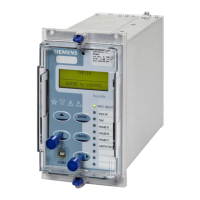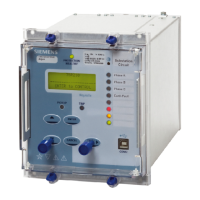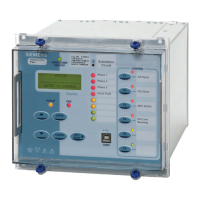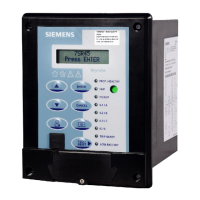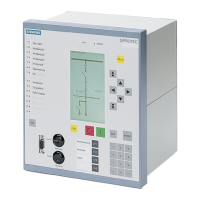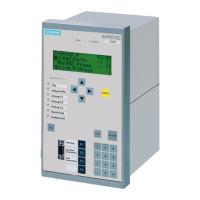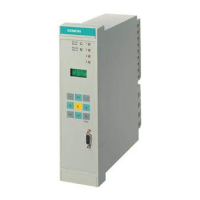7SR18 Applications Guide
Unrestricted ©2018 Siemens Protection Devices Limited Page 47 of
Figure 7.5.2-8 20% Differential and Bias Break Point of 0.5, 1.0, 1.5 and 2.0
7.5.3 Isolated (unearthed) and Reactance Earthing
For these networks, the intention is to ensure that an earthed live conductor does not result in any significant fault
current and minimise interruptions to supply. Utility networks of this type do not normally include discriminating
protection as a first level, e.g. whilst the network is earthed via a Peterson Coil (reactance earthing).
Often the earth fault position is found by applying a short to the neutral reactance after a time delay. If the fault is
within the protected zone of the relay then the device would then trip. Often systems with this type of earthing will
have “pecking” type faults that may lead to problems in grading different types of over current and earth fault
relays. XLPE cable circuits typically have pecking faults where the arc is extinguished and the fault re-seals.
The reset of the relays may become out of step as the pulses of fault current usually are not long enough to allow
relays to time out, and eventually this will often lead to loss of grading. Where circuits have pilot wires often this
grading problem may be overcome by the use of this relay type.
For industrial networks, employing the isolated network neutral philosophy, it is usually intended that
discriminating protection be employed if possible. This type of protection employs the detection of zero sequence
fault current resulting from network cable capacitance, employing a core balance CT, and zero sequence voltage
from a neutral displacement voltage transformer winding, in combination, to establish the position of a fault.
During the period where the system is earthed via a variable neutral reactance, the fault current pulse is usually
long enough for this relay type to provide satisfactory earth fault protection on such a network. After the neural
control time delay has expired and the reactance earthed system becomes solidly earthed, the relay will operate
and trip the faulted circuit.
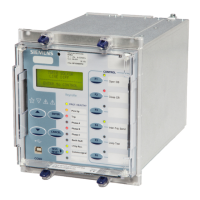
